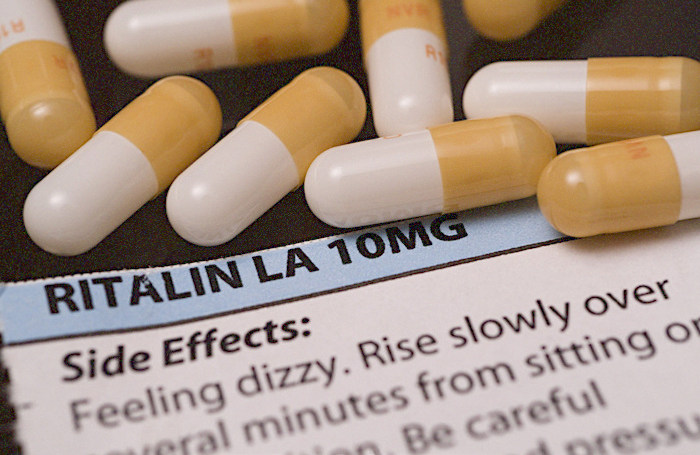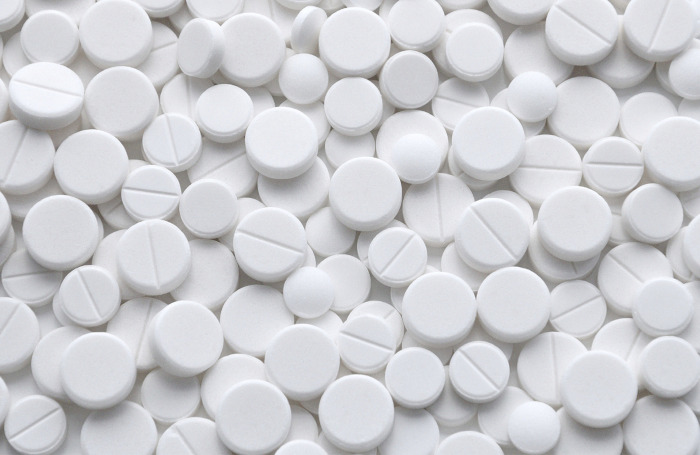ADHD numbers are staggering. Over 6.4 million American children between the ages of 4 and 17 have been diagnosed with it.
It’s not just a childhood disorder either. Just over 4 percent of all US adults live with ADHD as well.
Though not officially approved for this purpose by the FDA, the wakefulness-promoting drug modafinil – commonly sold under the brand name Provigil – is often used by doctors to treat ADHD.
In this article, I’ll take a closer look into why and whether this is, or is not, a good idea.
What Causes ADHD
ADHD, which stands for Attention Deficit Hyperactive Disorder, is a disorder which consists of multiple symptoms. Among them are difficulty paying attention, hyperactive behavior, and impulsive behavior.
Symptoms typically show up in children ages 3 to 6, and ADHD is, on average, diagnosed by age 7.
Often, ADHD stays with a person through adulthood, as well.
Genetics play a significant role in ADHD. In a majority of cases, between 75% and 91%, a genetic connection can be established.
Research has shown there is also a connection between ADHD and the neurotransmitter dopamine. Anyone suffering from the former tends to have lower levels of the latter.

Drugs like Adderall and Ritalin, which are both medications prescribed to treat ADHD, boost dopamine levels in the brain. Modafinil does the same.
The FDA has not yet approved modafinil as a treatment for ADHD. Some doctors do, however, see the potential benefit of using it and prescribe it as an off-label option.
How Modafinil Works
As mentioned, one of modafinil’s mechanism of action is to increase dopamine concentrations in the brain.
However, it does so in a slightly different way than typical ADHD drugs like Adderall or Ritalin. Instead of boosting the production of dopamine, modafinil instead prevents it from being absorbed and broken down.
This mechanism is a lot less intrusive and easier to handle. That’s why modafinil users rarely suffer from the crashes many people taking Adderall and Ritalin experience.
That said, modafinil is not without its side effects. Toxicity is not an issue you need to worry about, but there are several things to keep in mind.
Being a wakefulness-promoting agent and officially used to treat sleep disorders, using modafinil for ADHD may be disruptive to your regular sleep pattern.
Using it can also both reduce appetite and lead to dehydration. These factors can be tough to gauge, and you should pay close attention to both.
Unlike most other drugs prescribed to treat ADHD, however, modafinil has very low addiction potential.

In the US, modafinil is a Schedule 4 drug. Armed with a prescription, you can either buy modafinil online or at your local pharmacy. The former is usually significantly cheaper.
If you don’t have a doctor’s prescription, the internet is your only viable modafinil source.
How to Use Modafinil for ADHD
When a doctor prescribes modafinil for ADHD, the doses will vary between 100 mg and 200 mg, and there are typically one of two regimes you will be asked to follow.
You can take modafinil daily. The issue there is, over time, your body may start to build up a tolerance to it, making it progressively less effective.
That may never become be an issue for you. Everyone’s handles medication a little different. But, if your doctor does not mention tolerance, definitely bring it up.
The alternative to using modafinil every day is to take it between one and four times per week. Tolerance build-up will be less of a problem, but not taking it daily may have other downsides, such as reduced effectiveness.
Though again, depending on your exact condition and how your body handles the drug, that approach may work perfectly fine.
What to Expect When Using Modafinil
When you take modafinil, the most immediate feeling you’ll get – within the first hour or so – is a sense of stimulation. It may feel like a cup of coffee, just stronger. After all, both modafinil and coffee are stimulants.
As a side note, avoid mixing coffee and modafinil. Coffee can be a potentiator. As a result, it may amplify any potential modafinil side effects.
Around the same time you feel stimulated, you should also experience a stronger sense of focus. That is one of the benefits of modafinil that make it such a popular smart drug.
After taking a 200 mg tablet, you can expect to feel the effect for between 12 and 15 hours. That is a long time, which is why you should take special care to ensure modafinil does not disrupt your sleep pattern.
Downsides of Using Modafinil for ADHD
As does any drug, modafinil has downsides, though, arguably, not as severe as other ADHD medication.
Insomnia is a big one. As already stated, modafinil is a wakefulness-promoting agent. Keeping you awake is what it was designed to do.
Though your doctor will give you specific guidelines, taking it within a few hours of waking up is ideal. If it’s still in your system come bedtime, falling asleep will be an issue.

Besides insomnia, modafinil may trigger anxiety. If you are already an anxious person, this is definitely something to keep in mind before you start using the drug.
Another common side effect is headaches. In the vast majority of the cases, that’s due to not consuming enough water.
However, some people experience headaches despite staying well hydrated. This is likely because of their unique brain chemistry and definitely worth visiting a doctor about.
Other relatively common side effects include dry mouth, slight gastrointestinal upset, and a reduced appetite.
The latter is why proper nutrition is especially important when using modafinil. You may already be eating less, so at least make sure whatever food you do have properly feeds your body and mind.
The above list of side effects is, of course, not exhaustive. If you start taking modafinil, listen to your body. If anything doesn’t feel right, see your physician.
Conclusion
ADHD is a condition which many people in the US and, indeed, around the world struggle with daily. It may lead to social rejection, difficulties studying, or problems finding and keeping employment.
Though modafinil is not officially approved as a treatment for ADHD, in the eyes of many, it is a viable option. Some even argue it can work better than any currently FDA approved solution, especially in the long term.
If you have ADHD, it’s worth bringing up the subject of modafinil with your doctor. It may turn out to be precisely what you need to help you manage your condition and find even greater success in your life.



